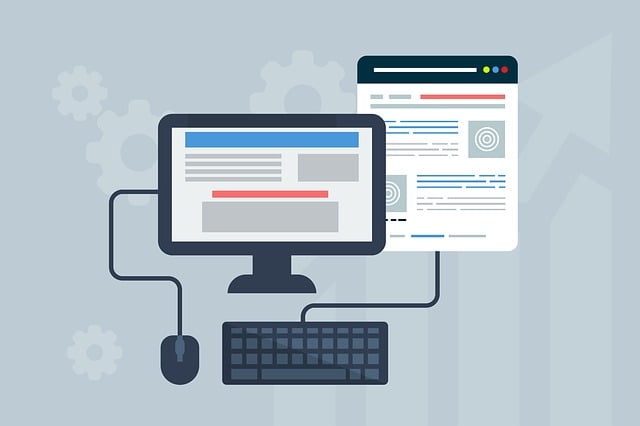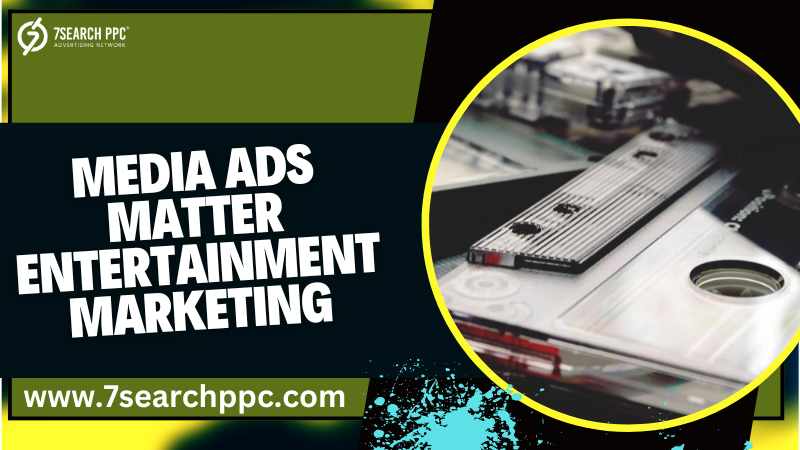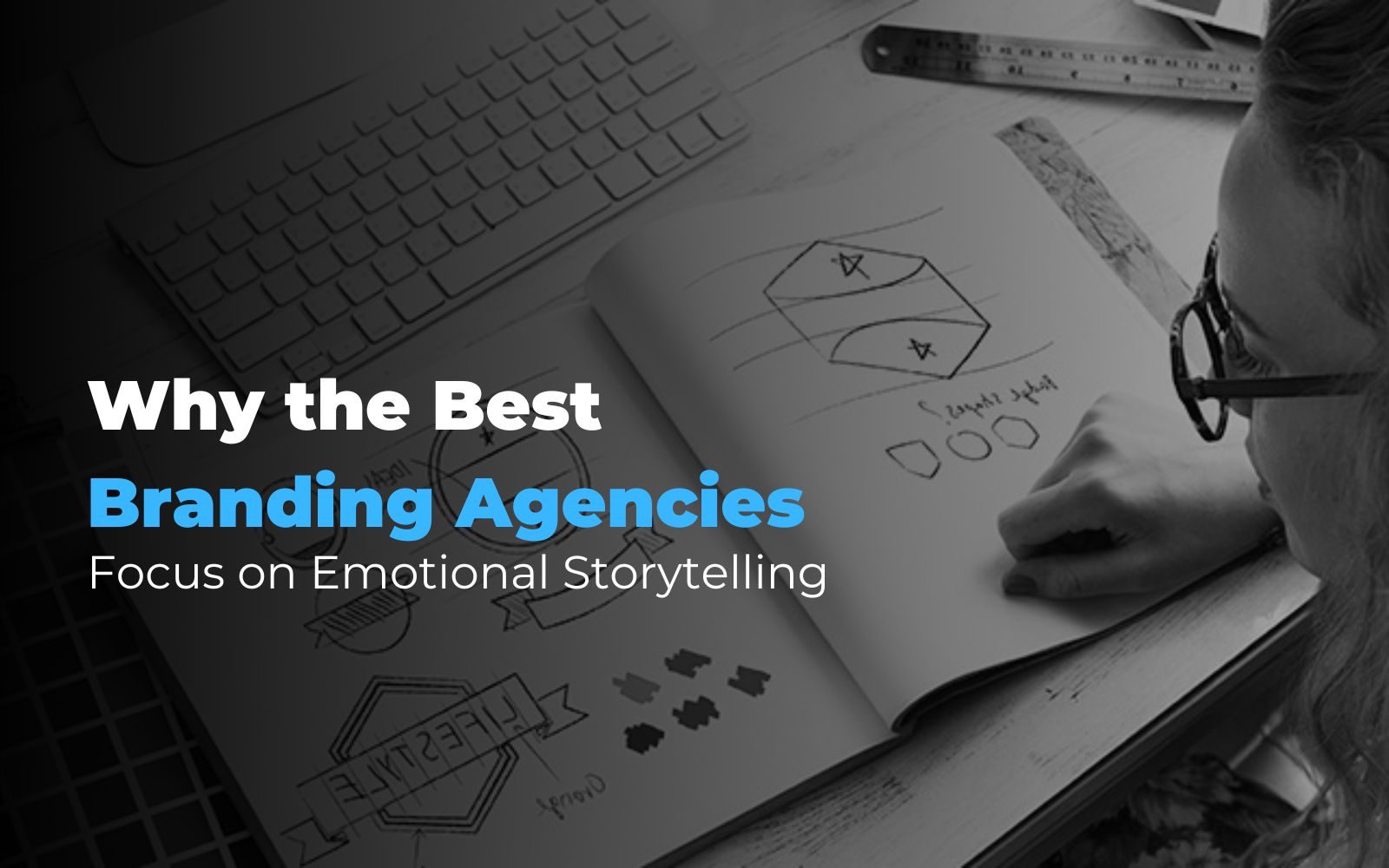How to Start a Marketing Campaign for Your Store

Strong 8k brings an ultra-HD IPTV experience to your living room and your pocket.
You're stepping into your store, eager about the new products and the special experience you've crafted for customers. But as you glance around, it feels a bit too quiet. You need a plan to spread the word and draw more people in, but where should you begin? Marketing a store isn't just about putting up posters; it's about building a connection with customers and creating a brand they know and trust.
Starting a marketing campaign can seem like a big move, especially if it's new to you. But with some planning, the right tools, and creativity, you can craft a campaign that speaks to your audience and inspires them to visit, explore, and shop.
Here are some tips for setting up a store marketing campaign:
1. Define Your Goals and Audience
Every marketing campaign kicks off with clear goals. Think about what you want to achieve. Are you trying to draw more foot traffic, introduce a new product, or lift overall sales? Having a specific goal helps guide the campaign and makes it easier to measure success.
Once you've set your goals, think about who your perfect customer is. Are they young professionals, families, or students? Knowing your audience lets you craft messages that speak directly to them. The more specific you can be about who you're aiming at, the more effective your campaign will be. For example, if your store sells eco-friendly products, you might target environmentally conscious shoppers who appreciate sustainable options.
2 .Develop a Compelling Message
When you're ready to think about your goals and audience, it's time to shape a message that hits home. Consider what sets your store apart and why customers should pick you over the others. What's your story? Is it the quality of your products, outstanding customer service, or perhaps the special shopping experience you offer?
Your message needs to be clear, straightforward, and something people remember. If you own a bakery, a tagline like "Fresh, handmade treats that make every day a little sweeter" can create warmth and charm. Try brainstorming ideas and testing them with friends or colleagues to see which one shines. This message will steer your campaign and should be the same in all marketing materials.
3. Digital Signage for In-Store Promotion
When customers enter your store, digital signage can grab their attention and improve their shopping experience. These screens show promotional content, product details, or fun images that create an engaging vibe. Think of it as bringing excitement to your store with vibrant displays.
With digital signage software, you can easily manage what each screen shows: promotions, daily deals, or welcome messages. Picture a screen at the entrance displaying "Today's Special" or featuring your best-sellers in rotation. For many shoppers, digital signage adds a bit of thrill and can sway their buying choices.
4. Choose the Right Marketing Channels
Consider where your target customers are most likely to connect, whether on social media, through email, at local events, or with direct mail. Social media lets you reach a wide audience quickly and works well if your customers spend time on Instagram, Facebook, or TikTok.
Email marketing is effective for staying in touch with loyal customers, offering exclusive discounts, and announcing new products. For local businesses, using flyers or teaming up with nearby stores can get the word out in the community. Picking the right channels helps you reach more people without spreading yourself too thin.
5. Create a Sense of Urgency
A great way to motivate customers is to make them feel like they need to act fast. This isn't about being too pushy but about encouraging them to decide quickly. You can achieve this with time-limited deals, seasonal sales, or special discounts for buying first.
When you find out there's a "sale this weekend only" at your go-to shop, you're probably more eager to check it out because you don't want to miss the opportunity. Use phrases like "while supplies last" or "only this weekend" in your ads to stir up some buzz. This approach works well during holidays or big events when everyone's already in the shopping spirit.
6. Measure and Adjust Your Campaign
After your campaign launches, monitoring how well it's doing is crucial. Think of it as checking your progress to ensure you follow the right route. Watch important indicators like foot traffic, sales, social media engagement, or email open rates to see what's working.
If some parts aren't as successful as expected, be open to making changes. Perhaps digital signage grabs more attention than flyers or your email promotions get more clicks. Measuring and adjusting your campaign helps you optimize results and learn what resonates most with your audience.
Note: IndiBlogHub features both user-submitted and editorial content. We do not verify third-party contributions. Read our Disclaimer and Privacy Policyfor details.








